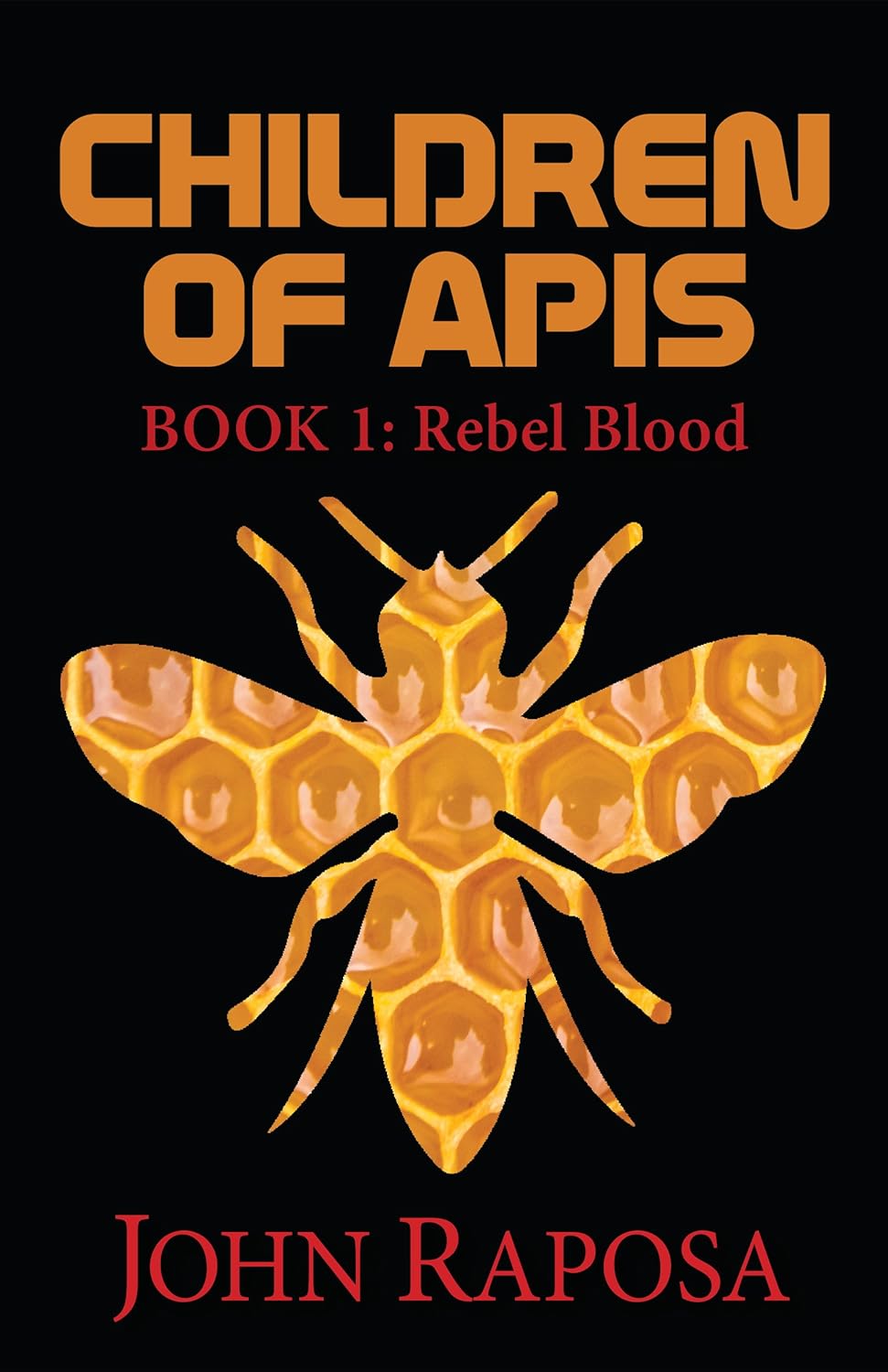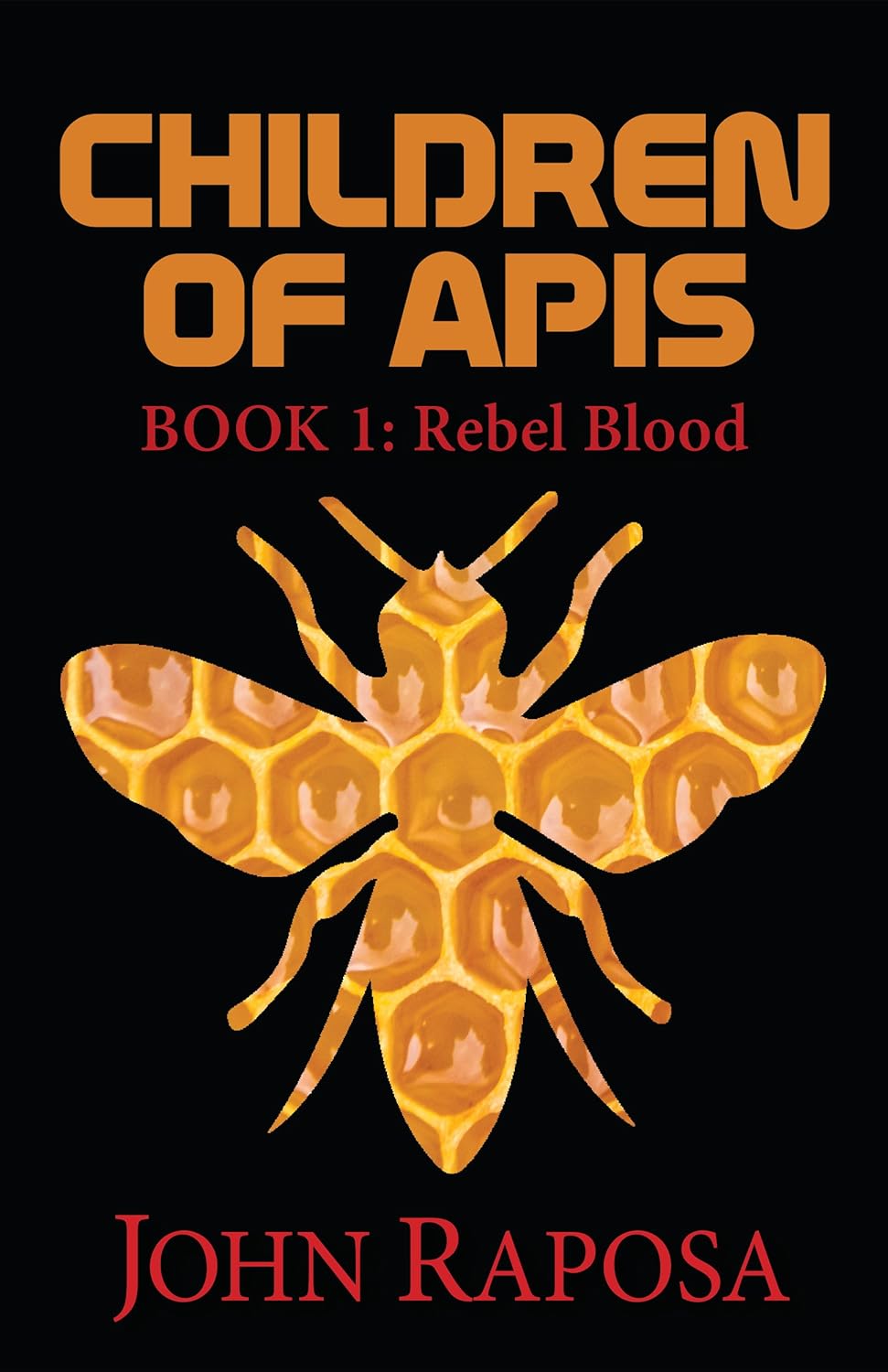Rebel Blood, the first book in the Children of Apis trilogy, drew my attention right away, being a fan of dystopian narratives that blend action, suspense, and complex character arcs. With its fascinating premise set in a post-apocalyptic world where only a fraction of humanity survives underground after a cataclysmic event in 2057, I was eager to dive in. The questions surrounding human existence and potential rebellion caught my imagination, and I couldn’t resist finding out how these themes would unfold.
From the moment I began reading, I was captivated by the fast-paced action and the intriguing dynamics of life above ground, as survivors in a small Vermont community grapple with their new reality. The author does an excellent job of delving into the internal and external struggles faced by characters like Cowan and Kenji. Their quests for answers about the origins of their current life and the looming threats of their dystopian society drew me in as I wanted to know what would happen next.
One of the most enjoyable aspects of Rebel Blood was the variety of perspectives through which the story is told. This stylistic choice keeps the narrative fresh and engaging. Readers like Joseph Ferguson have commended this approach, emphasizing the immediacy it creates and the way it allows readers to connect with multiple characters on a deeper level. It also cleverly introduces various storylines and conflicts that promise to develop in future books.
However, with all its strengths, there are indeed some drawbacks to consider. Several readers, including skayefyuree, pointed out that the multitude of viewpoints sometimes blurred character identities, making it challenging to recall who was speaking or acting at times. I can understand this point, as I found myself occasionally having to backtrack to refresh my memory about different characters’ perspectives. While I appreciated the ambition behind the storytelling style, it sometimes felt overwhelming.
Another note is that while the pacing in the first half of the book moves smoothly as it builds the world and its characters, some might find this part less engaging compared to the more action-packed second half, which comes alive with suspense and tension. This structure was a point of contention among readers, with some loving the gradual buildup and others eager for a faster pace. Like Benjamin M. noted, this book is a “page burner,” particularly in the climax, but I personally enjoyed the slow reveal of details, as it allowed for a richer understanding of the world.
As I read, I could easily envision key elements from the product description, where rebellion flows in the blood and the survivors question their solitude after the setback of their civilization. The narrative raises profound questions about the past catastrophe and whether history might repeat itself, themes that resonate deeply in today’s world. The tension of wondering if they are truly alone or if remnants of the old world still exist kept me on my toes.
Overall, Rebel Blood is a thrilling introduction to a promising series that combines the chaos of dystopia with the resilience of the human spirit. While the book has its areas for improvement in character differentiation and pacing, the compelling story and well-crafted suspense make it a captivating read. I would wholeheartedly recommend it to fans of dystopian fiction, especially those who enjoy novels like The Hunger Games and Divergent.
In conclusion, though there are moments where the narrative style might confuse, the book’s overall strengths outweigh its weaknesses. I can’t wait to explore more of this series to unravel the mysteries left dangling at the end of Rebel Blood. If you’re looking for an engaging, thought-provoking read with layered characters and plenty of action, give this book a shot.
Dive into a thrilling adventure with Children of Apis: Book One: Rebel Blood—a gripping post-apocalyptic tale that will keep you on the edge of your seat.
>>








